Interview with Rituparna Chatterjee, Author of “How India Loves: Love Stories from the World’s Largest Democracy"
A profound interview with Rituparna Chatterjee on How India Loves, exploring loneliness, intimacy, and modern love in India's evolving society.on May 20, 2025
.jpg)
Frontlist: How India Loves is a deep exploration of love in the world’s largest democracy. What inspired you to document these stories, and what was the most surprising revelation during your research?
Rituparna: True. But while the book is about love, it is as much, if not more, an exploration of the nation’s acute loneliness and longing to be loved.
I had just returned to India after two decades of reporting from Silicon Valley. My magic realism memoir, The Water Phoenix, had just been published. It told the story of a lonely, highly imaginative, abused child’s lifelong discovery of love. Readers related to her story, finding themselves in her. This made it not only an award-winner but also a bestseller. Just as I embarked on my book tour across India, I began to receive an outpouring of tales of intimate partner violence from the readers of The Water Phoenix and California Dreaming, my column — more a body of essays than typical columns — for The Times of India. These stories of heartbreak, love, lust, tears, and aching loneliness were so many that they completely took over my entire life and work.
Tsunami after the tsunami of stories of Indians. Of our rage. Of our abandonment. Of our losses and our broken hearts. Of who we are today, beneath our endless charades and rituals. And why. Stories that reveal our utter deep loneliness even when we are in love.
So, as you can see, the stories sought me. It became too much to fit into my California Dreaming column. My column’s word count tripled and turned into essays, but only so much word count can be accommodated. It had to become a book. I still have enough material to fill two more volumes, but it’s too intense… I have said all I could have broadly represented every flavor of modern love possible in the human (not just Indian) experience with great care, tenderness, and respect. I want to move on to other subjects.
Initially, I was slightly shocked by the candor of Indians sharing their deepest secrets with a stranger. But no, it wasn’t shocking for me. Perhaps this lack of shock allowed people to feel safe sharing their stories. The truth is, the stories were always there. Someone just had to tell them. What is new, however, is the collective boldness — borderline audacity in some cases — with which people are owning up to their shadows, fantasies, whatever it is. But it has changed me. The volume — millions — is more than one superhero (I am but one human) can handle. I have had to put up my boundaries of self-care, as you see later on in the book, for my mental health to stop accessing and drowning in the stories of others. I have never needed to do such a thing in my entire writing career. Of course, I am very proud of How India Loves, but I look forward to recovering from its enormity and writing about other subjects.
Frontlist: Your book covers love in all forms—from intimate partner violence to rediscovering intimacy at 80. Was there a particular story that deeply moved you or changed your perspective on love in India?
Rituparna: True. And many castes, genders, and religions. And yes, each story is profoundly moving. But these are already chosen from thousands to represent each layer of love in India and throughout the entire human experience. So, the ones in the book are already the ones that moved me the most. I am sorry I can’t choose anymore.
Frontlist: You’ve spent years reporting from Silicon Valley and then returned to India. How do you think cultural shifts and modernization have influenced how Indians approach love and relationships today?
Rituparna: Indians are lonelier than they have ever been in history. The ones in marriages and families are the most lonely of them all. All of this very Western approach to love, casual sex, casual dating, social media, etc., is precisely what’s happening here. And it should not. We should learn from the mistakes of the West and not repeat them. We already have extra burdens here: caste, society, gender, patriarchy. Must we add these Western battles, too? India is a very special country in terms of family and community. We have lost that. Now, our sense of community is more Western—finding intimacy with strangers due to a lack of understanding from family members. It is honestly heartbreaking to see this amount of abandonment and loneliness across the country.
Frontlist: The stories in How India Loves span different economic classes, age groups, and geographies. Did you notice any common themes that tie all these love stories together?
Rituparna: The fact that everyone is more or less facing the same problems across gender, age, caste, class, and geography was astounding. It shows again how we are all just one species beneath these layers. Acute loneliness is a common theme. An alternative title for the book was In Love, Still Lonely.
Frontlist: You’ve written about how Indians experience deep loneliness, even within relationships. Why do you think this is such a prevalent issue despite the emphasis on family and community in Indian culture?
Rituparna: Honestly, they are the main problem. Families are driving Indians to deep depression and even suicidal tendencies. But it isn’t surprising at all. We have always been about control, molding, and conditioning. The last part of the book provides solutions to this. If our families understood us and accepted us, and if we did that too, for ourselves, unconditionally, we wouldn’t even be looking for relationships. For the past decade, I have been writing on love. This includes my last book. True love is appreciation, affection, acceptance, and complete radical presence. We need to learn how to love ourselves first, quit blaming, shaming, venting, and trauma dumping, and heal ourselves into love within ourselves. Everything falls into place from there. Of course, this requires complete commitment every minute of your life and great courage, and very rarely is the person willing to do that for themselves.
Frontlist: How challenging was it to balance the raw, sometimes painful realities of love with the hopeful, beautiful aspects that also exist?
Rituparna: This was the easiest part. I write literary nonfiction and literary fiction. All of it is based on this dichotomy. It adds to the beauty. It is what makes us human.
Frontlist: How India Loves required extensive research and hundreds of interviews. What was the most challenging part of the writing process for you?
Rituparna: Sifting through this giant body of research and, worse, choosing handpicking was tough. How do you pick? It’s not just data; it may be to others. But to me, I am dealing with human hearts here. Millions of hearts. The most delicate thing in the world. A massive responsibility. It was highly stressful for me to choose which stories went in the book and which didn’t. I had to go with the Jungian psychology trope of archetypes to help draw patterns and build collections.
Frontlist: Given your background in journalism and personal storytelling, how do you navigate the fine line between being an observer and being personally invested in your shared narratives?
Rituparna: As a writer and someone who meditates, I am almost always in observational mode. I have been accused of living in the third person, even though nearly all of my writing in the past decade has been in the first person. It is a mix with zero balance. Given my life journey, my journalism has always been very empathetic. A hallmark of my journalism and the books it inspires is using my life as a blank canvas to allow others to tell their stories. Consequently, unique insider and outsider perspectives are used to make sense of daily life, technology, politics, gender, mental health, and love in the world’s largest democracies, India and the USA, for the world. So, for example, about stories on American gun violence, I will write my own experience of living through shooter drills and threats with my son, working with small children, etc. My readers know this, so everyone tends to approach me with a freedom they don’t feel otherwise. I have been told constantly since my first hour in the newsroom that I don’t look or behave like a journalist. And this is true. I often

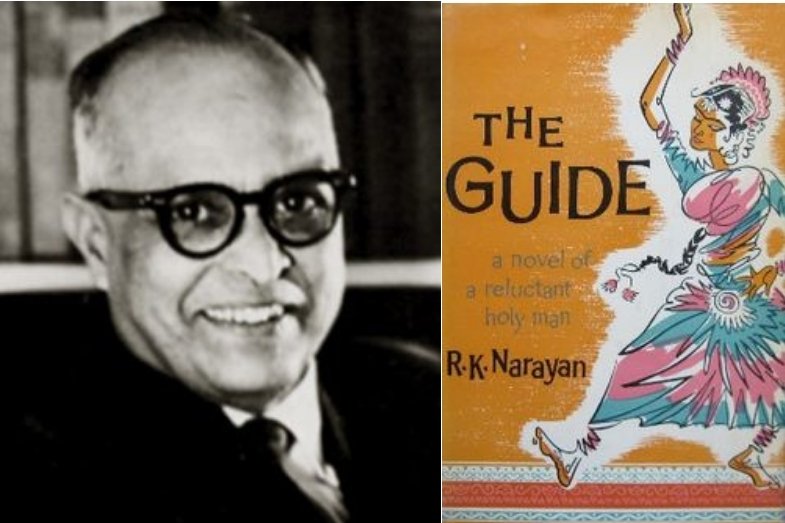

.jpg)





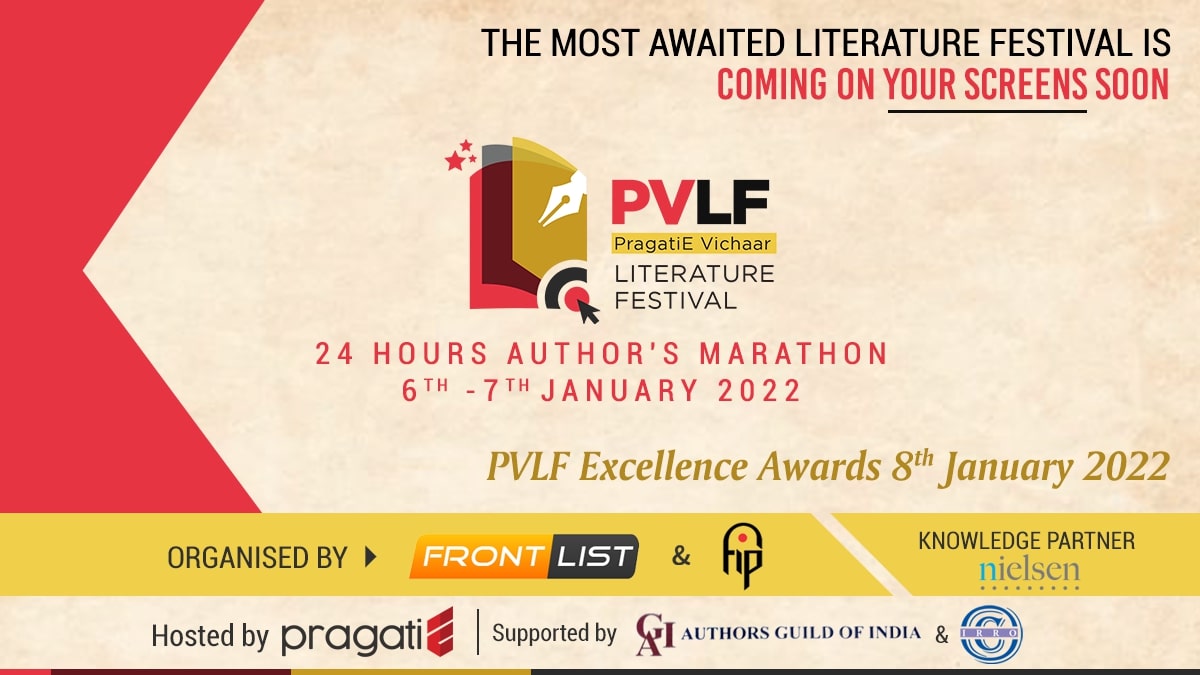
.jpg)

.jpg)
.jpg)

.jpg)
.jpg)




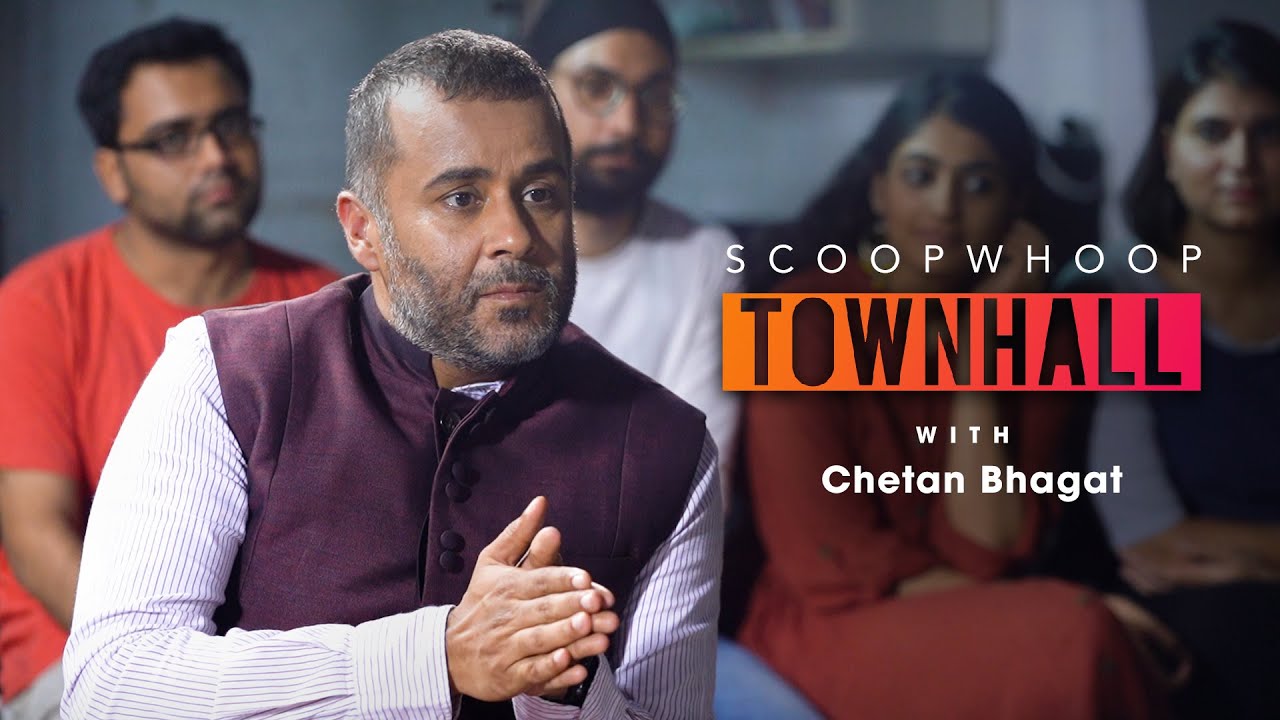

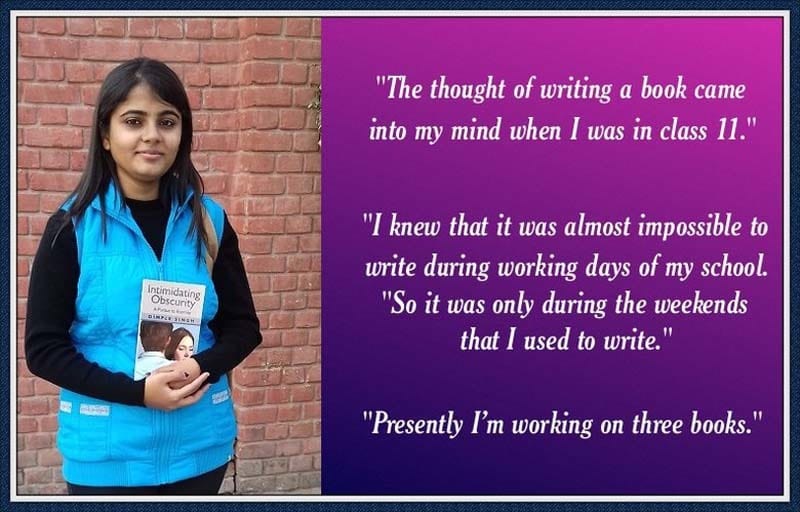
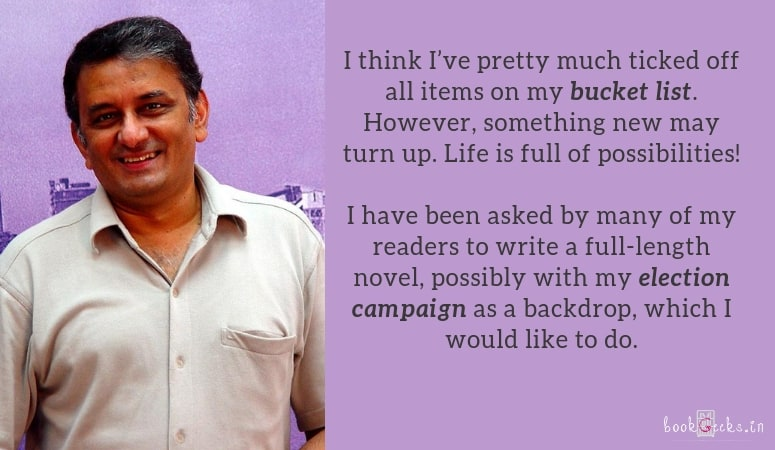
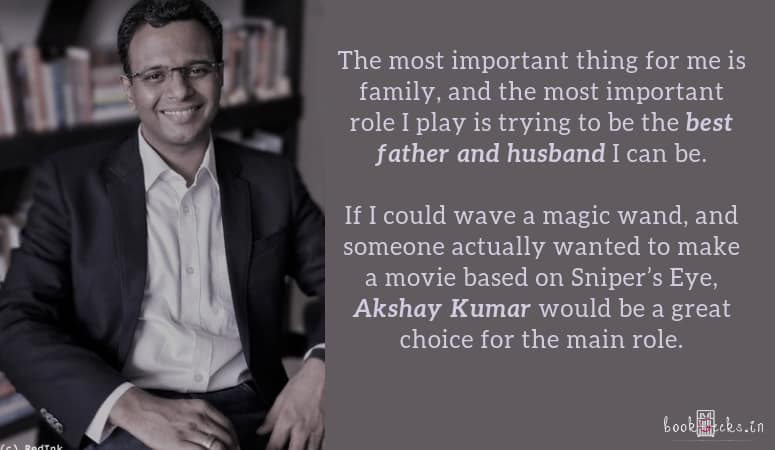
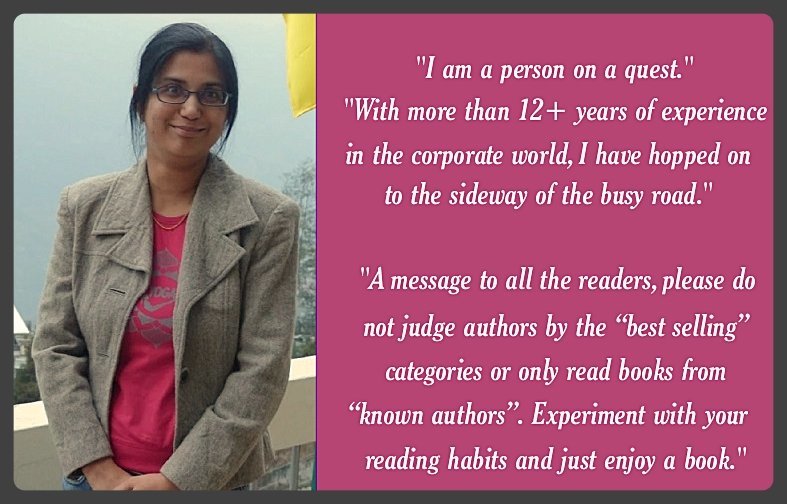
Sorry! No comment found for this post.